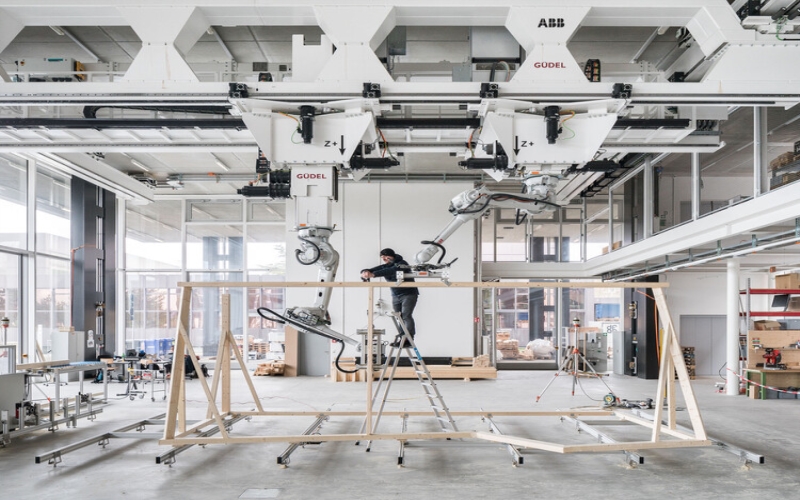Architecture and technology are becoming increasingly intertwined in today’s rapidly evolving world. The digital revolution has brought forth a wave of innovative tools and techniques that are revolutionizing the field of architecture. This blog post explores the exciting intersection of architecture and technology, shedding light on its transformative impact on design processes, construction methods, and the overall built environment.
Yes, it is advisable to work with an architect Coventry. These architects have the expertise and knowledge to design functional, aesthetically pleasing spaces and comply with local regulations. They can bring innovative ideas and creative solutions to your project, ensuring your vision is realized. Additionally, architects can oversee the project, manage timelines, and collaborate with contractors and other professionals to ensure a smooth and successful construction process.
Here’s a detailed explanation of the intersection of architecture and technology:
Building Information Modeling (BIM)
Building Information Modeling (BIM) is a digital representation of the physical and functional characteristics of a building. It involves creating and managing a 3D model that incorporates information about the building’s geometry, materials, systems, and components. BIM software enables an architect in Leicester, engineers, and other professionals to collaborate and make informed decisions throughout the design, construction, and maintenance phases of a building. BIM facilitates better coordination, reduces errors, improves efficiency, and enhances communication among project stakeholders.
Virtual Reality (VR) and Augmented Reality (AR) in Architectural Visualization
Virtual Reality (VR) and Augmented Reality (AR) technologies have revolutionized architectural visualization. VR enables users to immerse themselves in a virtual environment replicating a proposed design. Architects can create realistic walkthroughs and allow clients to experience spaces before they are built. AR overlays digital information onto the real-world environment, allowing architects to showcase designs in context. VR and AR enhance client engagement, facilitate design reviews, and help identify potential issues early in the design process.
Parametric Design
The parametric design uses algorithms and computational tools to create and manipulate architectural forms based on predefined parameters. It allows architects to explore complex geometries, optimize designs, and generate variations quickly. Parametric design software enables architects to create intricate patterns, responsive facades, and dynamic structures. This approach fosters exploration, innovation, and efficiency in the design process.
3D Printing
3D printing, also known as additive manufacturing, has gained prominence in architecture. It involves fabricating physical objects layer by layer based on a digital model. Architects can use 3D printing to create complex geometries, prototypes, and scale models. This technology allows for greater customization, faster production, and reduced material waste. Architects are exploring the possibilities of 3D-printed construction, which has the potential to revolutionize the way buildings are built in the future.
Smart Buildings
Integrating technology and architecture has led to the emergence of smart buildings. Smart buildings incorporate sensors, systems, and networks to monitor and control various aspects of the building’s operations, such as lighting, heating, ventilation, security, and energy usage. These interconnected systems gather data, analyze it, and make informed decisions to optimize the building’s performance, comfort, and energy efficiency. Architects play a crucial role in designing smart buildings that seamlessly integrate technology while considering the user experience and environmental sustainability.
Final Thoughts
The intersection of architecture and technology presents exciting opportunities for architects to enhance design processes, improve efficiency, and create more sustainable and user-centric buildings. These technological advancements empower architects with new tools, methods, and possibilities, leading to innovative and transformative architectural solutions.

